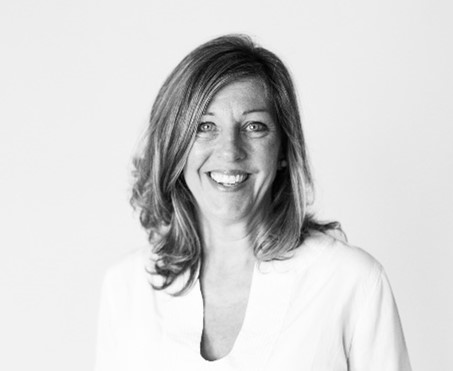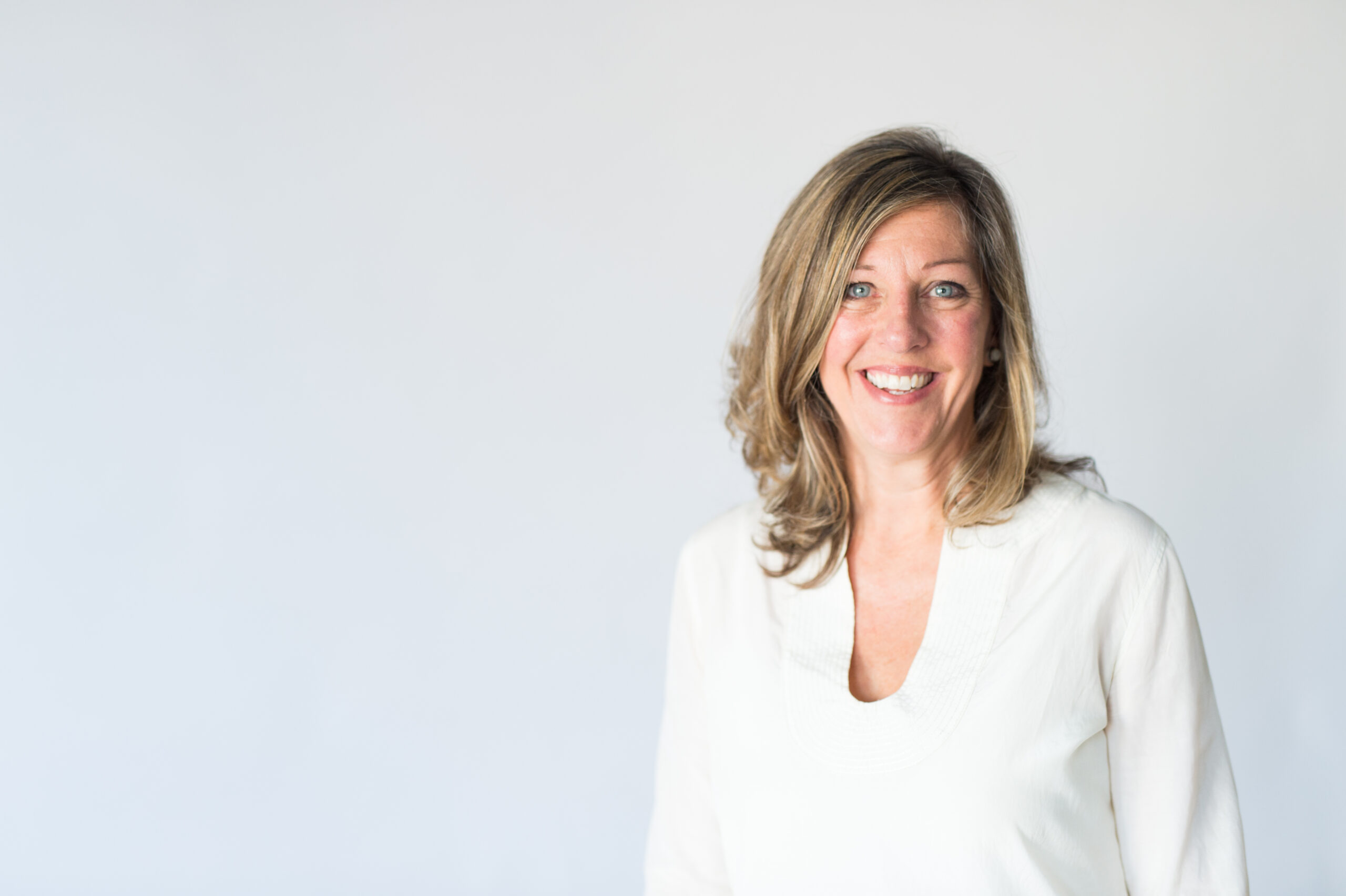
I’m honored to be serving as the 2024 President of AIA Virginia. During Architecture Exchange East in November, I had the opportunity to greet the attendees and, at the risk of being redundant, I’m going to share my story with all of you. It’s framed around eight pivotal decisions that shaped my professional development and the lessons that I learned, in hopes that you’ll connect with some of them. I’m fundamentally relationship-driven, so I look forward to seeing and collaborating with you to execute the mission and vision of AIA Virginia over the next year.
- I was born and raised in the suburbs of Northern Virginia. My father was in the Marine Corps stationed at Quantico, and I’m the 3rd of 4 children. We have very little means, and I had absolutely no exposure to architecture as a child. All the women in my family were teachers, and all the men in my family were investment bankers. But from a very young age, my dream was to become an architect. Lesson learned: It doesn’t matter what other people expect you to be. Just follow your dream and put your heart into it.
- I’m proud to be a Hokie. I spent four years in Blacksburg, studying the modern masters, the nature of materials, and how to convey an idea through drawings. I did my 5th year thesis at the Washington Alexandria Center. Lesson learned: Winters are cold in Blacksburg, but time and memories there are priceless. And once a Hokie, always a Hokie.
- My first job was in Old Alexandria. While in school, I worked part-time for Mr. Renovato, a design-build practice. On select mornings, the construction crew lead would come into the studio and look over my drawing board and tell me exactly how impossible it was to build what I had just drawn. Lesson learned: To design anything well, we need to understand the context, the connections, and the clearances of the materials. It’s critical, early in your career, to learn from the people building your projects and understand the process and limitations of construction.
- I worked a few years in Alexandria documenting multi-family, residential developments, and assisted living facilities. I loved the people I worked with but realized that to exercise my modern ideals, I needed to escape colonial contextualism. So, I ran away from home, and I went to California. Lesson learned: Sometimes you must leave the people that you love to find your path.
- I landed a job in San Francisco, where I worked on my first big public project, the San Francisco Sheriffs Facility. This was a low-security jail with booking and intake, medical, and psychiatric wards. In San Francisco, 2% of a public project’s construction budget was required to go toward the integration of public art. We worked with three artists, one of whom helped us to create skylit meditation spaces between the round pods that housed the cells. Lesson learned: Space can support mental health and recovery. And everyone deserves that.
- I moved to Sonoma where I practiced for 13 years, designing courthouses, public safety facilities, and schools. And I found that, when lead by a limited perspective, the decision-making process for schools becomes very similar to that of jails. Lesson learned: To design for transformation, it’s critical to bring diverse voices to the table, to start with empathy, and to design with a deep understanding of the people the building serves.
- I spent four years deviating from my career to build a business with my husband. At Sonoma Cast stone, we designed and produced interior concrete products – sinks, countertops, and fireplace surrounds. Lesson learned: Concrete factories are messy and smelly and loud. But product design is a heck of a lot faster than building design. Designing and executing buildings takes sustained patience, perseverance, and optimism.
- In 2004 I returned home to Virginia and, although I wondered if a Hokie could find work in Hooville, for over 16 years I’ve enjoyed a meaningful career with VMDO. And, as a principal focused on the K-12 market, I feel like I have my dream job designing happy, healthy, and high-performing net-zero energy schools. Lesson learned: Thoughtfully designed space can support community, diversity, learning, and health, and I’m fortunate to work with clients every day to re-envision what schools can be.
I couldn’t be here today without the love and support of my partners at VMDO, and the legacy of leaders at VMDO that have served AIA at the local, state, and national levels over decades. And I’m grateful for VMDO‘s commitment to spend 2% of our time and resources toward volunteer, civic, and pro bono work, so it’s part of our ethos to contribute as citizen architects.
I also want to thank Past-President Rowland for his decades of dedication to this profession and this organization, for his deep knowledge of and care for the members and the issues that are important to you, and for being an incredible mentor to me over the past year. I’m especially grateful to the staff of AIA Virginia: Paul, Cathy, Keesha, and Delaney, for their dedication, diligence, and joy in the work that they do.
Lastly, I want to encourage each of you in the coming year to embrace your superpower, and to use your passion to advance the profession in some way; to serve on a committee, mentor a young professional, serve on a jury, review portfolios, meet with or write to a legislator, and donate to the PAC. Whatever it is that drives you, please use it to make our profession, our purpose, and our projects more visible and more impactful in Virginia.
Kelly D. Callahan, AIA
2024 President
AIA Virginia

